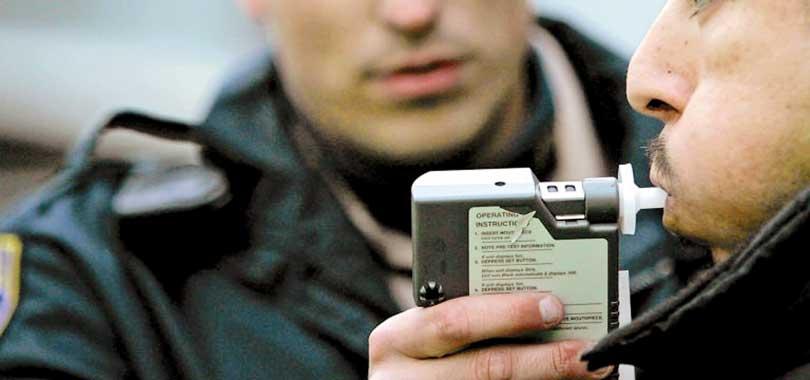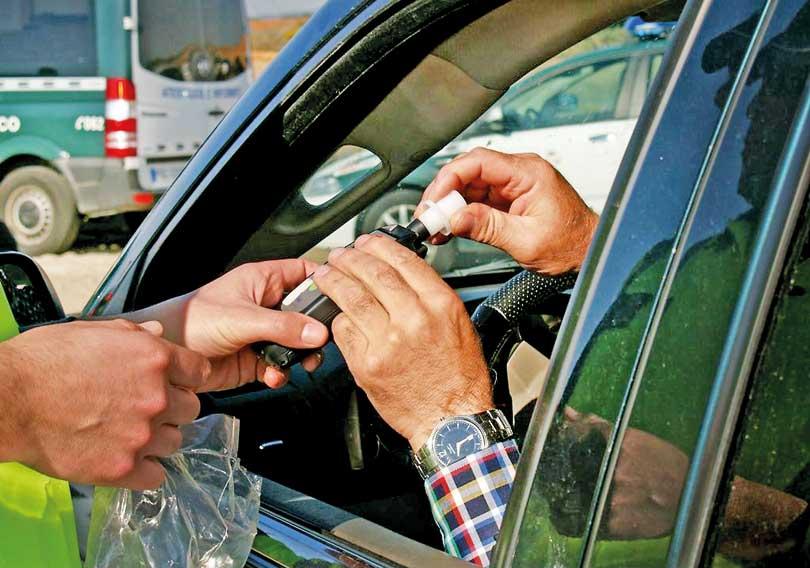Reply To:
Name - Reply Comment

Drunken driving has become a serious issue in the society due to the harsh outcomes it has and it could cause. Due to this reason, the law has set its frames tight around drunken driving. This is very visible when comparing Section 151(1) of the Motor Traffic Act No.14 of 1951 and its amendment by Act No. 31 of 1979. The former states that “No person shall drive a motor vehicle on a highway when he is under the influence of alcohol or any drug” whereas the latter states that “No person shall drive a motor vehicle on a highway after he has consumed alcohol or any drug.”
Entrapment could be used when an officer somehow encourages a motorist to become intoxicated or drive under the influence of alcohol
This shift from influence to consumption has therefore tightened the threshold in drunken driving. Hence, it is no longer smelling of or influence of liquor that matters, it is driving having consumed liquor. And motorists have to be aware that the consumption of liquor should be below the contemplated level laid down by if they are to keep away from the law. But the question is, could a drunken driver always be guilty in the eyes of law?
How can a drunken driver be detected by the Police? Of course, there is a systematic procedure to this test. When a driver is reasonably suspected to be under an intoxicated condition, he is requested to comply and submit a sample of his/her breath by blowing up the balloon which is part of the disposable test. If due to any reason, the driver is not comfortable taking the test by the road side, the driver may request the test be conducted at the nearest Police station.
This shift from influence to consumption has therefore tightened the threshold in drunken driving
After washing the mouth of the driver, the disposable breathalyzer kit’s seal has to be broken in front of him. The driver then has to blow into this kit. The alcohol chemically reacts with the potassium dichromate in the vial, if a colour change occurs it is determined that the driver is over the allowed alcohol limit of 0.06 grams. In fact the test concludes a driver has over 0.08 grams in 100 milliliters of blood resulting in him being charged with driving under the influence of alcohol by the Police.

Let us first look at several affirmative defenses to drunken driving. A drunken driver may not be guilty in the eyes of law if the person had to drive out of necessity in order to evade a greater evil. Here, the driver must prove that he or she had no other alternative as the “greater evil” they wished to avoid was more serious than the potential harm that could be caused by drunken driving. The next defense is by way of duress where the intoxicated driver had to drive due to any threat of force imposed upon him by someone. Entrapment which is a very serious and an interesting defense could be used when an officer somehow encourages a motorist to become intoxicated or drive under the influence of alcohol. But it is of great significance that the accused (the drunken driver) proves that he or she would not have been predisposed to drive drunk if not for the alleged entrapment.
A drunken driver may not be guilty in the eyes of law if the person had to drive out of necessity in order to evade a greater evil. Here, the driver must prove that he or she had no other alternative as the greater evil
Mistake of fact can be recognised as another type of an affirmative defense where a person has an honest belief that he or she is not intoxicated and that he or she has a valid reason to believe that the impairing effect of one’s prescription medication has worn off. The final affirmative defense is involuntary intoxication where a person has ingested alcohol without his or her knowledge. Furthermore, common defenses such as the accused not being the driver and the improper actions of police can be recognized as instances where the accused drunken driver may not be guilty in the eyes of law.
Bearing the paramount duty in mind no: to drive under an intoxicated condition, it is also important to be aware of the instances where a drunken driver may not be guilty in the eyes of law. Hence, this article has simply laid down what a rational driver is presumed to know.
(Article compiled by lan J. Fernando (Attorney at Law) Ayesh De Silva, Chathura Herath and Bhagya Silva (Legal Researchers at Derek Fernando Associates)